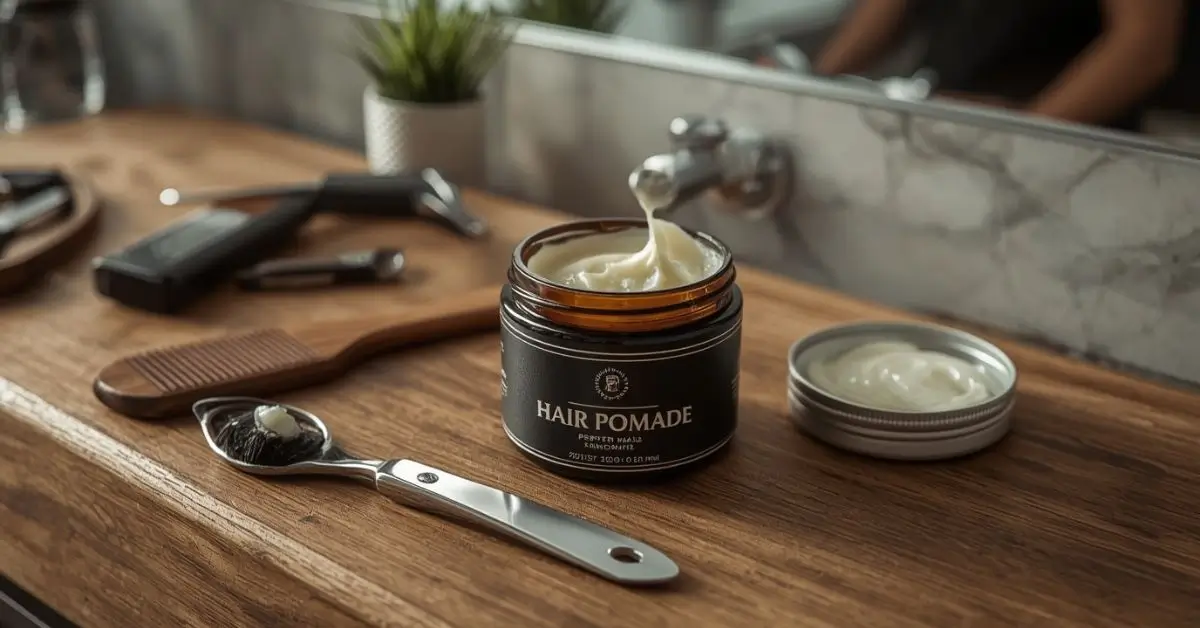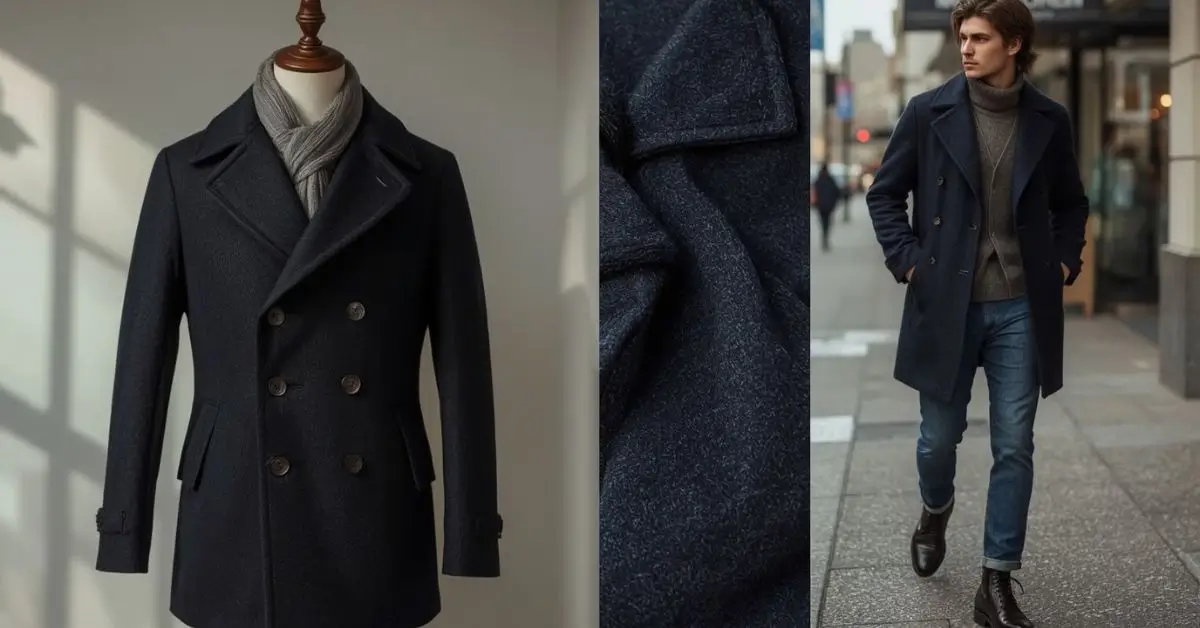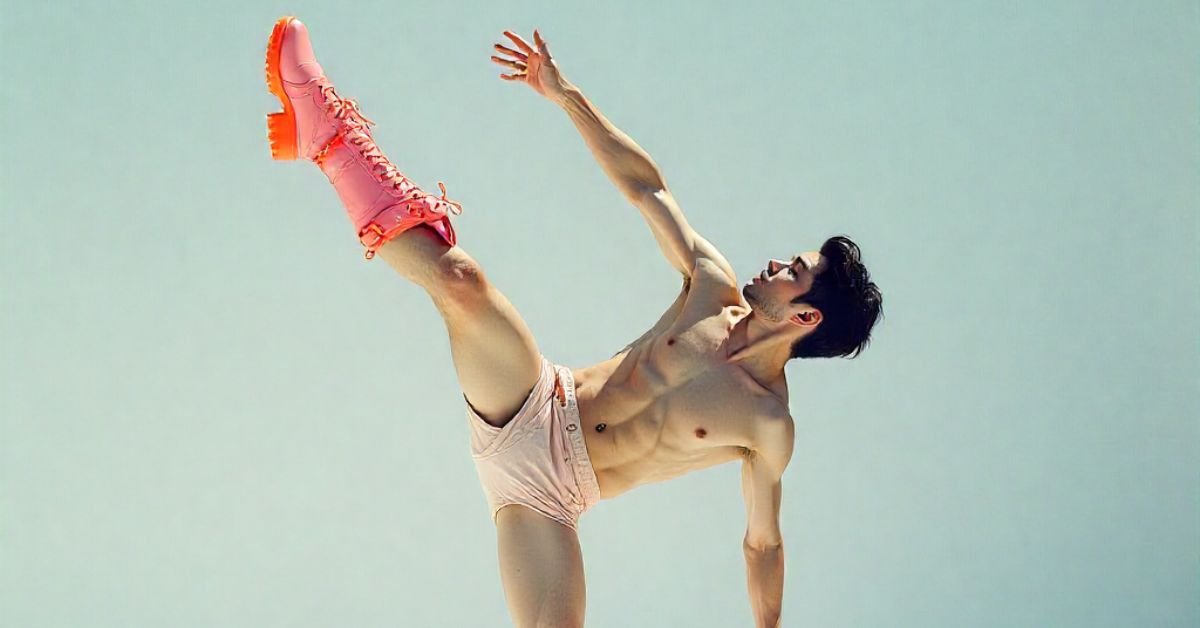FASHION
Ink Contrast: White vs Color Tattoos Explained

Ink Contrast: White vs Color Tattoos Explained
Ink Contrast White vs Color Tattoos Explained Tattooing has transcended black lines and bold designs. Today’s art spans delicate white ink that mimics scar-like elegance to vibrant color pieces full of intricate shading and saturated hues. Beyond aesthetics, your choice of ink impacts skin tone compatibility, UV exposure, healing outcomes, and how long your design will stay bold or fade into memory.
The Subtle Charm of White Ink Tattoos
White ink tattoos are crafted using titanium dioxide pigment, often injected deeper into the skin. This results in a pale, whisper-like appearance that seems to be part of the skin—sometimes mistaken for natural scarring They’re favored for their minimalist elegance, emerging under soft light or UV glow, yet staying discreet in everyday settings .
However, white ink is notoriously fleeting. As early as a few years post-inking, the design may fade, yellow, or morph into a blurry outline—especially without diligent SPF protection and sun avoidance . Tattoo artists often note that white ink requires multiple passes to establish presence, which adds to discomfort during application
The Vivid Power of Color Tattoos
In contrast, color tattoos bring bold self-expression with a wide palette—reds, blues, greens—each interacting uniquely with your skin undertone. When injected skillfully with quality inks, color tattoos offer longevity; standard reds, blues, and blacks can endure for a decade or longer with proper aftercare .
However, bright pigments still require UV protection and hydration to prevent dulling, cracking, or ink loss. Dermatologists emphasize blocking sun and avoiding friction—particularly in high-movement areas—to preserve depth and clarity
Longevity & Fading: The Realities
White ink designs often start full of life but may lose visibility within a year. On darker skin, white ink can appear raised or silvery; fair skin fares better, though both experience pigment loss over time
In comparison, color tattoos show more predictable fading. While bright yellows and pastels diminish faster, darker pigments maintain stability—with the caveat of proper sun and skincare vigilance .
Health, Allergies & Removal Differences
White ink carries potential for allergic or photo-allergic reactions due to heavier pigment components—including nickel and titanium derivatives—especially when not sourced from trusted suppliers . Color inks also pose risks; red, yellow, or green may contain cadmium, cobalt, or other metals linked to skin irritations .
In terms of removal, light inks, including white, pose unique challenges. Laser treatments may darken pigment initially and often require more sessions than darker inks, which absorb laser energy more reliably
Best Aftercare Practices
Caring for either tattoo type begins with gentle cleansing, fragrance-free moisturizing, and keeping the area covered during peak sun. For white ink especially, using SPF 50+ daily, even indoors, helps prolong visibility while preventing yellowing
FAQs
Do white ink tattoos fade faster than color ones?
Yes. Without touch-ups and diligent sun care, white designs often blur, yellow, or disappear within a few years
Are color tattoos visible on dark skin better than white ink?
Absolutely. Bold colors contrast more reliably, while white often appears muted or silvery .
Can tattoos cause allergies?
Yes. White ink contains pigments like titanium dioxide, and colored inks may contain metals—choosing high-quality inks and testing before large pieces is essential .
Is laser removal harder for white ink tattoos?
Indeed. White inks reflect more light, making laser breakdown less effective and sometimes causing darkening before fading
Which requires more maintenance—white or color tattoos?
White ink demands more frequent touch-ups and stricter sun protection, while quality color pieces tend to hold up longer under proper care .
Final Takeaway
Choosing between white and color tattoos goes beyond aesthetics—it’s about your skin tone, lifestyle, maintenance expectations, and artistic vision. White ink offers a whisper of design that’s discreet and elegant, best suited for fair skin and those who value subtlety. Color tattoos, on the other hand, offer boldness, durability, and more predictable longevity. No matter which you choose, the key lies in working with an experienced tattoo artist, using high-quality ink, and embracing disciplined aftercare.

FASHION
What Is Pomade and How to Use It for Any Hair Type

If you’ve ever wondered “what is pomade?”, you’re not alone. For men and women, barbers, hairstylists, and fashion enthusiasts, it is a versatile hair styling product that can transform your look. Whether you want a slicked-back style, textured waves, or a natural matte finish, understanding it types, application, and benefits is essential.
In this guide, we’ll break down pomade vs gel, explore hair pomade types, offer tips for different hair textures, and provide expert advice for achieving professional results at home or in the salon.
What Is Pomade?
it is a styling product used to shape, hold, and add shine to hair. Unlike gels that often dry stiff, it keeps hair flexible, allowing you to restyle throughout the day.
Key Features:
- Provides hold and texture without hardening.
- Adds shine or a matte finish depending on the type.
- Works for curly, wavy, or straight hair.
- Can be water-based (easy washout) or oil-based (stronger hold).
Pomade vs Gel: What’s the Difference?
| Feature | Pomade | Hair Gel |
|---|---|---|
| Hold | Flexible, restylable | Firm, sets hard |
| Finish | Matte or shiny | Often shiny |
| Hair Type Suitability | All types, especially textured | Mostly straight or sleek styles |
| Washability | Water-based easy, oil-based harder | Easy to wash |
| Best Use | Classic styles, slick backs | Strong hold, short-term styles |
Tip: Use pomade for styles that need flexibility and shine, gel for a stiff, structured look.
Types of Pomade
Water-Based
- Easy to wash out with water.
- Provides medium to strong hold.
- Ideal for daily styling and experimenting with different looks.
Oil-Based
- Offers strong hold and long-lasting shine.
- Can be harder to wash out, may require shampoo.
- Perfect for classic slicked-back or pompadour styles.
Matte Pomade
- Low shine for a natural, textured look.
- Great for casual or professional settings.
Shiny Pomade
- Adds glossy finish, ideal for vintage or formal styles.
How to Use Pomade
Step-by-Step Tips:
- Scoop a small amount of pomade onto your fingers.
- Rub between hands to warm it up.
- Apply evenly through damp or dry hair, starting at the back.
- Use a comb or fingers to achieve the desired style.
- Restyle throughout the day if using water-based pomade.
Pro Tip for Curly Hair: Start with a small amount to avoid weighing down curls and enhance definition.
Best Pomade for Men’s Hairstyles
| Hair Type | Recommended Pomade Type | Style Examples |
|---|---|---|
| Straight Hair | Water-based or shiny pomade | Slick back, side part |
| Wavy Hair | Matte or flexible pomade | Textured waves, quiff |
| Curly Hair | Lightweight or cream pomade | Defined curls, natural hold |
| Thick Hair | Oil-based strong hold | Pompadour, high-volume styles |
Tips for Barbers and Hairstylists
- Blend products: Sometimes pomade + styling cream gives better texture.
- Use sparingly: A little pomade goes a long way, especially on fine hair.
- Choose based on client hair type: Matte for natural looks, shiny for formal styles.
- Educate clients: Teach proper application for daily styling.
FAQ’s
What is pomade and how is it used?
it is a flexible styling product applied to hair to create hold, shine, or texture without hardening.
Is pomade suitable for curly hair?
Yes, but use lightweight or cream-based pomades to enhance curl definition.
How to apply for slicked-back hair?
Warm a small amount in your hands, spread through damp hair, then comb back evenly.
Water-based vs oil-based: which is better?
- Water-based: Easy to wash, restylable, good for daily use.
- Oil-based: Stronger hold, longer-lasting shine, harder to remove.
How long does pomade hold hair?
Depends on type: water-based lasts several hours, oil-based can hold all day.
Pomade tips for barbers and hairstylists?
Use sparingly, match product to hair type, educate clients, and blend with creams for best results.
Conclusion
Understanding what is pomade and how to use it is essential for achieving versatile, stylish looks. From slicked-back classic styles to natural textured waves, it offers flexible hold and shine. Whether you’re a barber, hairstylist, fashion enthusiast, or someone exploring hair care products, incorporating the rightit can elevate your styling game.
FASHION
What Is a Peacoat? History, Style, and Winter Tips

If you’ve ever scrolled through fashion catalogs or browsed winter outerwear online, you’ve probably seen the classic peacoat. But what exactly is it, and why does it remain a staple in men’s and women’s wardrobes for over a century?
Whether you’re a fashion enthusiast, a student buying your first professional coat, a history buff curious about naval traditions, or a traveler seeking warmth and style, understanding what a peacoat is will help you choose the perfect piece for your lifestyle. This guide explains its origins, materials, styling tips, and why it’s considered a winter wardrobe staple.
What Is a Peacoat and Why Is It Popular?
A peacoat is a short, double-breasted coat traditionally made from heavy wool. Its origins trace back to naval uniforms, where sailors wore them for warmth and durability at sea.
Why it’s popular today:
- Timeless silhouette that suits both casual and formal looks.
- Durable wool construction makes it ideal for winter climates.
- Versatile for layering over suits, sweaters, or casual outfits.
Alt-text suggestion for image: A navy wool peacoat displayed on a mannequin, showing double-breasted buttons and classic lapel design.
History of the Peacoat in the Navy
The peacoat jacket has deep roots in naval history.
- Origin: Early 18th century, worn by European and American sailors.
- Purpose: Heavy wool kept sailors warm during cold, windy conditions at sea.
- Design evolution: Double-breasted front allowed easy closure against harsh winds; broad lapels could be turned up for extra protection.
Even today, many design elements reflect these functional origins, making the peacoat both practical and stylish.
Expert citation: According to the Fashion History Museum, the peacoat is “one of the few military-inspired garments that has seamlessly transitioned into civilian fashion while retaining its functional heritage.”
Peacoat vs Other Coats
Understanding the differences between a peacoat and other outerwear is essential for style-conscious shoppers.
Double-Breasted Coat vs Overcoat
- Peacoat (double-breasted coat): Shorter length, typically hip-length, heavy wool, classic naval design.
- Overcoat: Longer length, often knee-length, designed primarily for formal wear.
Wool Peacoat vs Other Materials
- Wool peacoat: Warm, durable, breathable, ideal for winter.
- Synthetic alternatives: Lightweight and budget-friendly, may not offer the same insulation.
| Coat Type | Length | Material | Style Use | Winter Warmth |
|---|---|---|---|---|
| Peacoat | Hip-length | Wool | Casual/Formal | High |
| Overcoat | Knee-length | Wool/Cashmere | Formal | Medium-High |
| Trench Coat | Knee-length | Cotton/Blend | Casual/Formal | Medium |
| Military Coat | Mid/Long | Wool/Cotton | Heritage/Outdoor | High |
How to Style a Peacoat for Men and Women
A peacoat’s versatility makes it a favorite among fashion enthusiasts.
For Men:
- Layer over a dress shirt and tie for professional looks.
- Pair with jeans and boots for a casual weekend outfit.
For Women:
- Combine with skinny jeans and ankle boots for an urban chic look.
- Wear over dresses with tights for elegant winter styling.
Tip: Choose navy peacoats for a classic look or charcoal/black for versatility in layering.
What Materials Are Peacoats Made From?
Most modern peacoats are constructed from:
- Wool peacoat: Traditional, warm, breathable, long-lasting.
- Wool-blend: Slightly lighter, more affordable, still stylish.
- Synthetic alternatives: Lightweight, easy to maintain, hypoallergenic.
Choosing the right material depends on your climate, lifestyle, and budget.
Expert citation: The Council of Fashion Designers of America (CFDA) emphasizes wool peacoats as a durable, environmentally friendly winter option.
Is a Peacoat Good for Winter?
Absolutely. The thick wool construction, double-breasted closure, and high lapels help retain heat and block cold winds, making it ideal for:
- Cold climates and snowy regions.
- Commuters looking for warmth without bulk.
- Travelers seeking versatile, stylish outerwear.
Best Peacoat Brands for Durability and Warmth
When investing in a peacoat, quality matters. Some highly regarded brands include:
- Schott NYC – classic American-made wool peacoats.
- Burberry – luxury peacoats with refined tailoring.
- J.Crew & Banana Republic – accessible, stylish options for everyday wear.
- Uniqlo – lightweight, affordable wool-blend alternatives.
How Should a Peacoat Fit Properly?
- Shoulders: The seam should align with your natural shoulder line.
- Sleeves: End at the wrist bone to allow layering.
- Body: Slightly fitted but roomy enough for a sweater underneath.
- Length: Hip-length is standard; avoid excessively long peacoats for casual styling.
Can You Wear a Peacoat With Casual or Formal Outfits?
Yes. The peacoat is one of the most versatile coats in your wardrobe:
- Casual: Jeans, boots, and a sweater.
- Formal: Dress pants, shirt, tie, and shoes.
- Smart casual: Chinos, turtleneck, and leather shoes.
FAQ’s
What is a peacoat and why is it popular?
A peacoat is a double-breasted wool coat with naval origins, popular for its warmth, durability, and timeless style.
Difference between a peacoat and an overcoat?
Peacoats are shorter and versatile; overcoats are longer and typically worn for formal occasions.
How to style a peacoat for men and women?
Layer over casual or formal outfits. Navy or charcoal shades are most versatile.
What materials are peacoats made from?
Wool, wool blends, and synthetic fibers. Wool is preferred for warmth and durability.
Is a peacoat good for winter?
Yes, especially wool peacoats with double-breasted fronts and high lapels.
What is the history of the peacoat in the navy?
Originating in the 18th century, sailors wore peacoats for warmth and durability during cold, windy sea conditions.
Best peacoat brands for durability and warmth?
Schott NYC, Burberry, J.Crew, Banana Republic, and Uniqlo.
Conclusion
The peacoat is more than just a coat—it’s a fashionable, functional, and historically rich piece of outerwear. Whether you’re a student, professional, or fashion lover, understanding what a peacoat is and how to wear it can elevate your winter wardrobe. Investing in a quality wool peacoat ensures warmth, style, and versatility for years to come.
FASHION
5 Epic Moments When Boots the House Down Shook the Crowd

5 Epic Moments When Boots When it comes to making a bold statement, few phrases capture the energy and impact quite like boots the house down. Whether you’ve heard it in music, on social media, or among friends, this expression sparks curiosity: What does it really mean to “boot the house down”? And how can you harness that power in your own style or attitude? In this comprehensive guide, we’ll unpack everything from the origins of boots slang to how you can slay the house down boots style in 2025.
If you’ve ever wondered how to truly slay the boots house down or what it means to have slayed the house boots down, you’re in the right place. Let’s dive in.

What Does “Boots the House Down” Mean?
At its core, boots the house down is a vibrant slang phrase that conveys overwhelming energy, dominance, or success—often in a social or performance context. Imagine someone so powerful or impressive that they metaphorically “kick the house down” with their presence or actions.
The Roots of Boots Slang
The word “boots” in slang has evolved over time. Traditionally, boots symbolize strength, durability, and style. In modern slang, “boots” can refer to confidence, swagger, or even a literal fashion statement. When combined with “the house down,” it amplifies the idea of making a massive impact.
How to Slay the House Down Boots Style
Want to slay the house down boots style? It’s about more than just footwear—it’s an attitude. Here’s how to channel that vibe:
Choose Statement Boots
Bold boots are your foundation. Think chunky soles, vibrant colors, or unique designs that catch the eye. Whether it’s leather, suede, or futuristic materials, your boots should scream confidence.
Own Your Look
Slaying isn’t just about what you wear—it’s how you wear it. Walk with purpose, stand tall, and let your boots do the talking.
Mix and Match
Don’t be afraid to pair your boots with unexpected outfits. A sleek dress, ripped jeans, or even tailored suits can all work with the right boots.
The House Down Boots Phenomenon in Pop Culture
The phrase the house down boots has popped up in music, fashion, and viral videos. It’s often used to describe moments when someone absolutely dominates a scene—whether on stage, at a party, or in everyday life.
Real-Life Example
One fan tweeted:
“Last night, she slayed the house boots down with those killer boots and attitude. Everyone was talking about her all night!”
This kind of buzz shows how the phrase captures a moment of undeniable impact.
Slay the Boots House Down: Tips for 2025
In 2025, slaying the boots house down means embracing innovation and personal flair. Here are some expert tips:
- Go sustainable: Eco-friendly boots are trending. Slay with style and conscience.
- Tech-enhanced boots: Smart boots with heating, tracking, or customizable features are gaining popularity.
- Customization: Personalized boots with unique patterns or initials help you stand out.
Pros and Cons of Slaying the House Down Boots Style
Pros
- Instant confidence boost.
- Versatile for many occasions.
- Makes a memorable impression.
Cons
- Bold boots can be pricey.
- Not always comfortable for long wear.
- May not suit every dress code.
FAQs
It means to make a powerful, unforgettable impression with your boots and overall style, often dominating a social or performance setting.
Look for statement designs, quality materials, and boots that fit your personal style. Check out sustainable and tech-enhanced options for 2025 trends.
It’s gaining popularity in pop culture and social media, especially among fashion-forward and music communities.
Anyone can! It’s about confidence, attitude, and choosing the right boots to express yourself.
Explore More
Ready to make your mark? Whether you’re aiming to slay the house down boots or just want to understand the hype, embracing this powerful phrase and style can elevate your presence in 2025.
-

 BLOG6 months ago
BLOG6 months agoBerniece Julien: The Quiet Power Behind the Spotlight
-

 BLOG6 months ago
BLOG6 months agoCineby App (2025): Features, Download & Fixes Guide
-

 ENTERTAINMENT6 months ago
ENTERTAINMENT6 months agoErome Uncovered: A Closer Look at the NSFW Content Platform
-

 EDUCATION6 months ago
EDUCATION6 months ago42°C to °F – Real Impact of Extreme Heat
-

 ENTERTAINMENT6 months ago
ENTERTAINMENT6 months agoScoutedToday: Discovering Tomorrow’s Talent Today
-

 TECH6 months ago
TECH6 months agoHow to Fix ‘Fatal glibc error: CPU Does Not Support x86‑64‑v2’ on Legacy Hardware
-

 TECH6 months ago
TECH6 months agoCaricatronchi: Redefining Digital Caricature
-

 ENTERTAINMENT6 months ago
ENTERTAINMENT6 months agoMangaFire Explored: Your Gateway to Free Manga Reading
